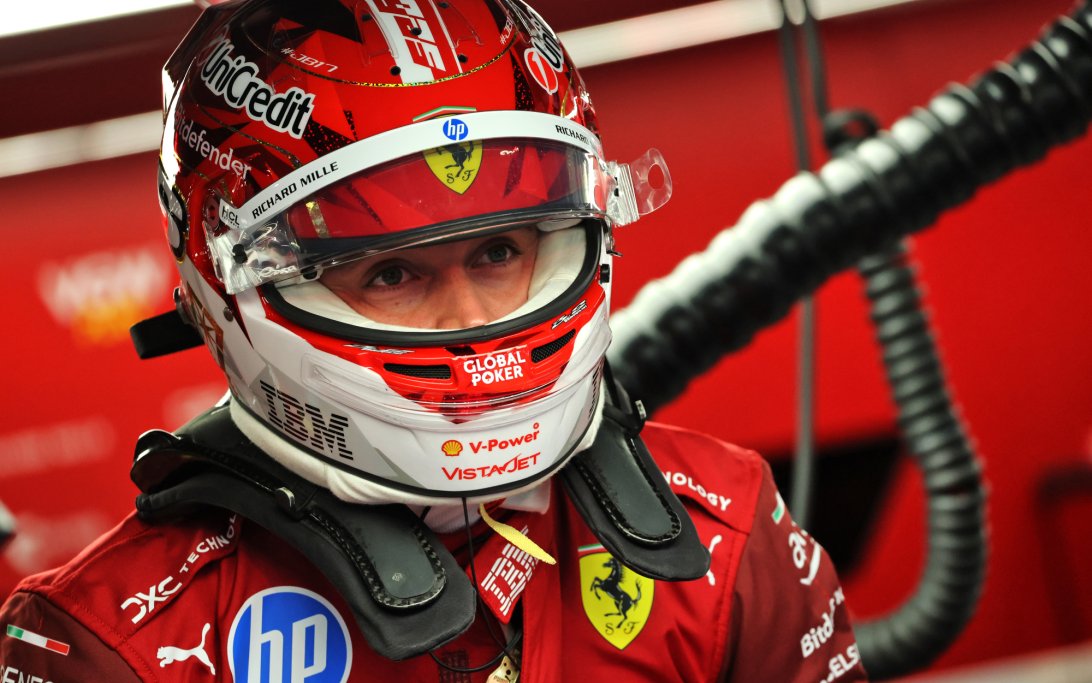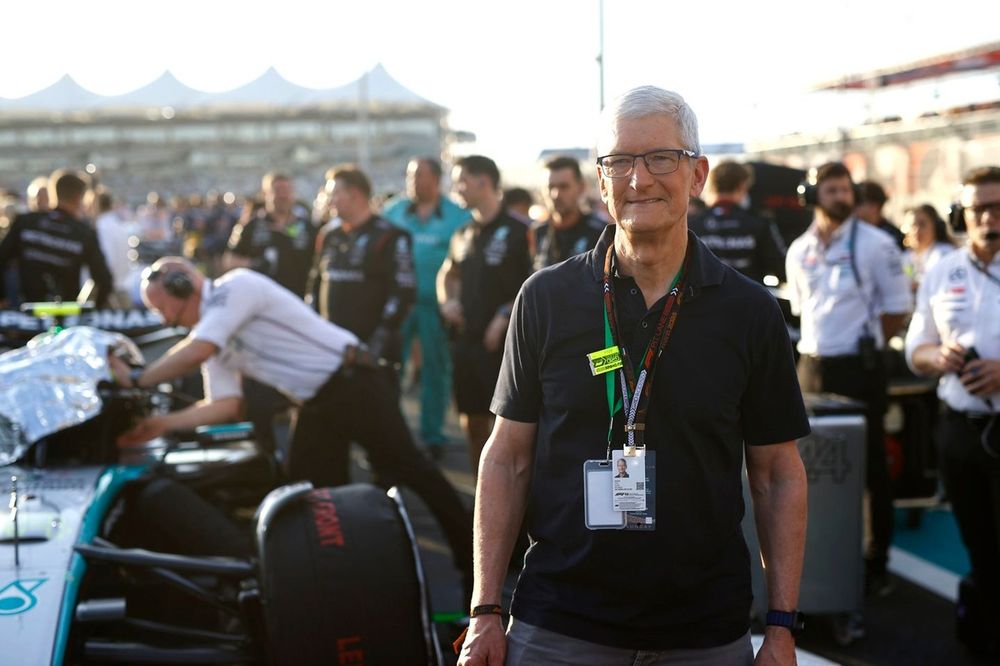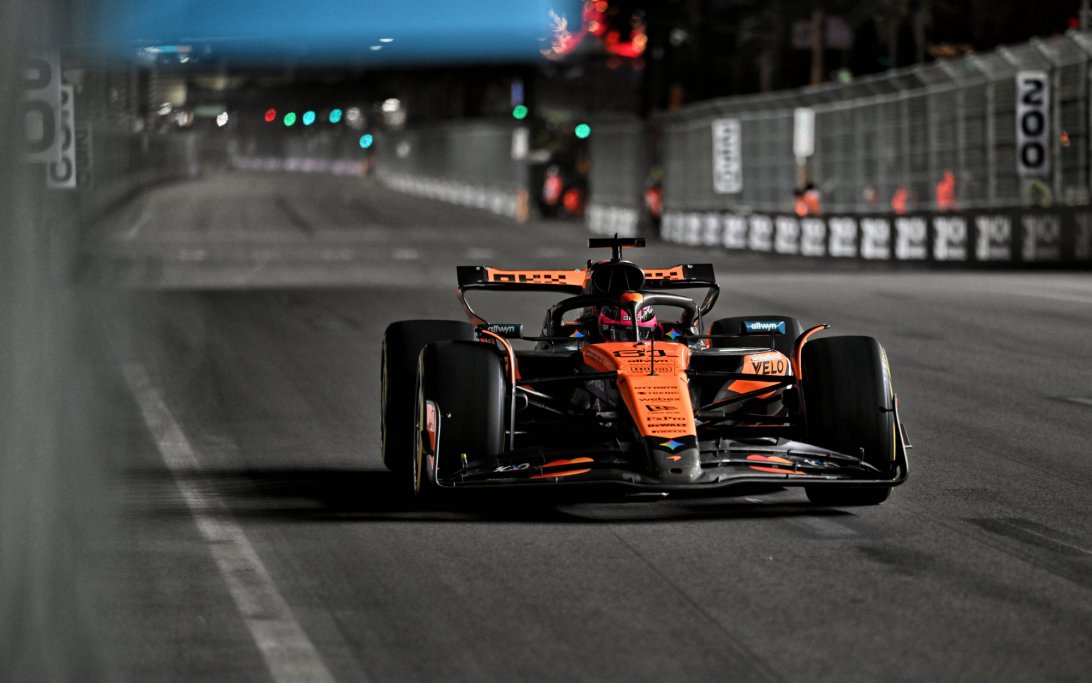
Making Sense of a Chaotic Vegas Practice Session
The initial practice sessions for the Formula 1 Las Vegas Grand Prix proved incredibly challenging to interpret, marked by varied run programs, low grip, and a significant red flag incident. Discrepancies in who managed to set soft-tire laps before the session was halted made it nearly impossible to gauge true performance, leaving teams and fans alike in the dark about the pecking order.
Why it matters:
The Las Vegas Grand Prix is a unique circuit with extremely low grip and cold night temperatures, posing significant challenges for tire management and car setup. The chaos of practice sessions, exacerbated by a drain cover issue, means teams have limited meaningful data, adding an unpredictable element to qualifying and the race. Understanding these initial struggles is key to appreciating the eventual outcomes of the weekend.
The details:
- Unreadable Timesheets: FP2 saw Lando Norris and Kimi Antonelli at the top, but this was largely due to the timing of a red flag incident. Many top drivers, including George Russell, Oscar Piastri, Max Verstappen, and the Ferraris, were on out-laps or early into their timed soft-tire runs when forced to abort.
- Ferrari's Potential: Despite the data challenges, Charles Leclerc's strong performance in FP1 (leading on old softs) and his third-fastest time in FP2 on mediums suggest Ferrari might be competitive on this track, which historically suits them.
- McLaren's Graining Concerns: McLaren had worried about front-tire graining, a problem that plagued them last year. While initial reports in FP1 from Norris and Piastri indicated graining on mediums, the issue seemed to subside in FP2 as track grip improved.
- Mercedes' Wing Choice: Mercedes ran with a noticeably larger wing compared to rivals like McLaren, Ferrari, and Red Bull. As track grip increased, this setup appeared to be beneficial, though the trade-off with straight-line speed on the long back straight remains a critical strategic decision.
- Tire Temperature Challenges: The cold temperatures and long, cooling straight make getting soft tires into their optimal working window exceptionally difficult. A single prep lap is often insufficient, while two prep laps can lead to rear tire degradation before the flying lap is complete.
- Axle Temperature Mismatch: There's a significant temperature difference across the front axle, with the outer front tire working much harder and reaching temperature earlier than the inner one. This mismatch contributed to numerous lock-ups and heavy use of escape roads due to high approach speeds and slow corners with limited downforce.
- Gusting Winds: Unpredictable gusting winds further complicated conditions, adding another layer of randomness to an already challenging street circuit, reminiscent of Baku and Interlagos.
Looking Ahead:
The rapid track evolution and unpredictable conditions, similar to early FP1 sessions, could have major implications for qualifying. While going out last to benefit from maximum grip is tempting, it also carries the risk of encountering yellow or red flags on a circuit prone to incidents. If the track evolution stabilizes by FP3, the risk might lessen, but overall, luck is expected to play a larger role than usual in determining the outcome of the weekend.
Original Article :https://www.the-race.com/formula-1/making-sense-of-near-unreadable-vegas-practic...








